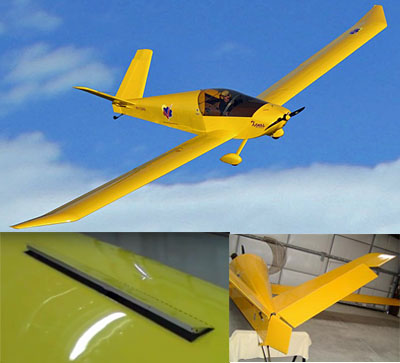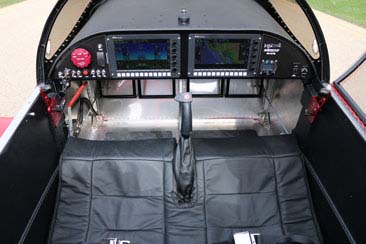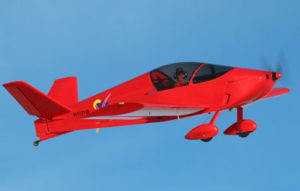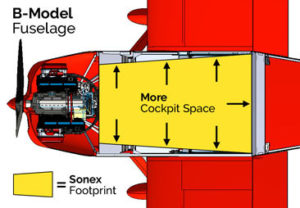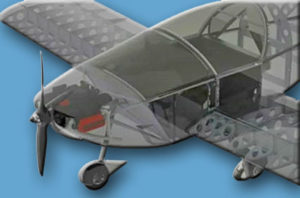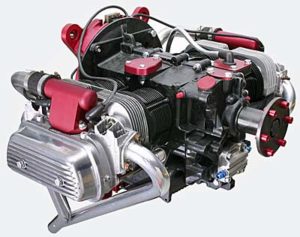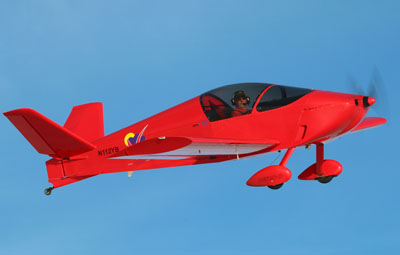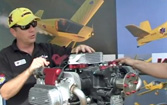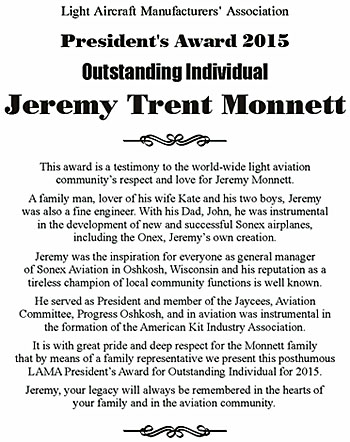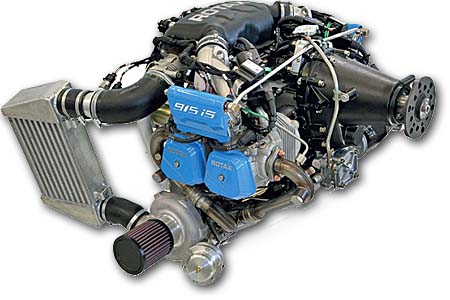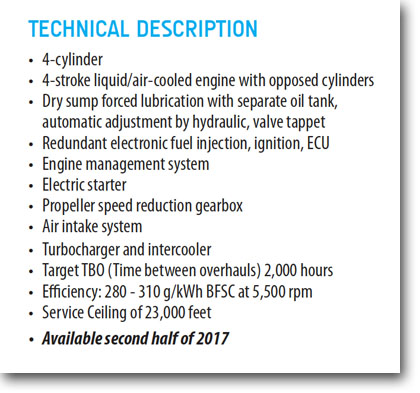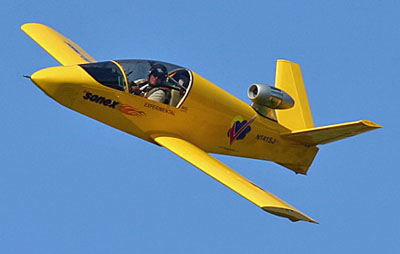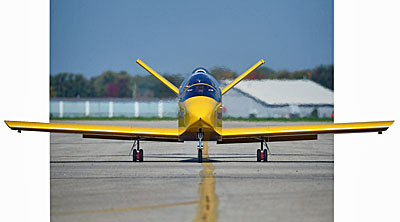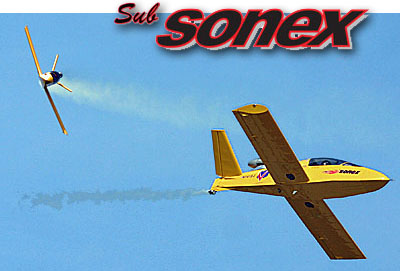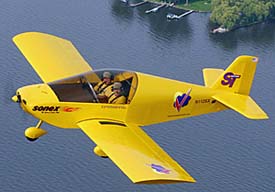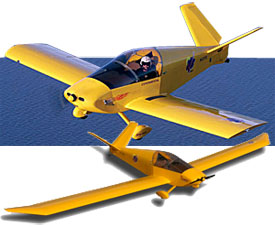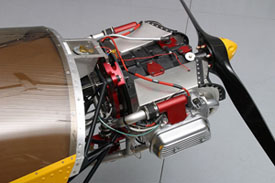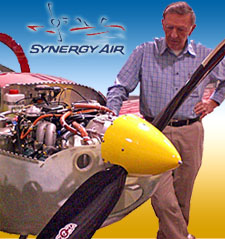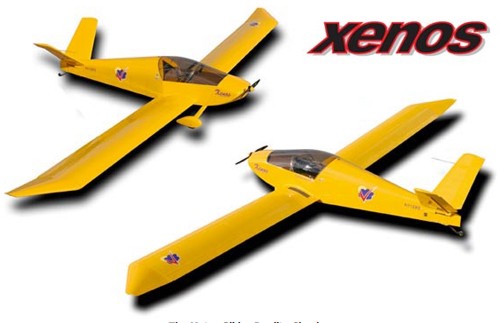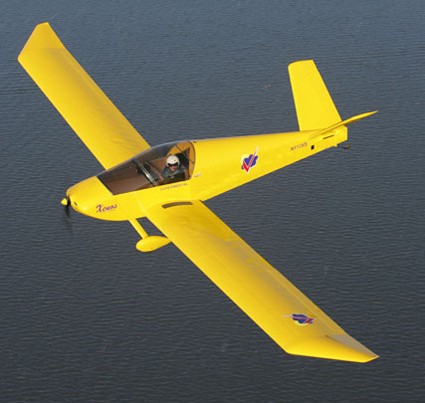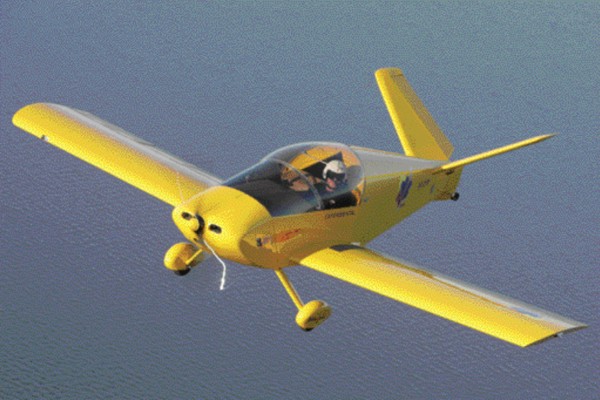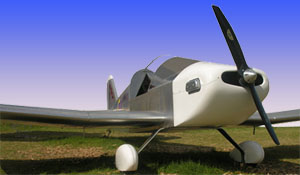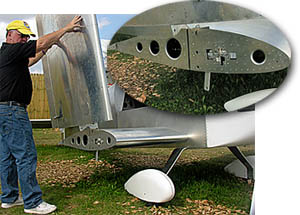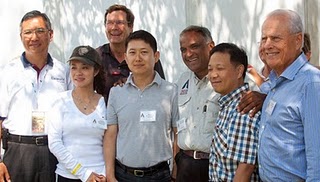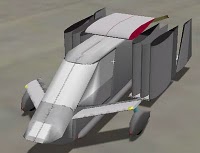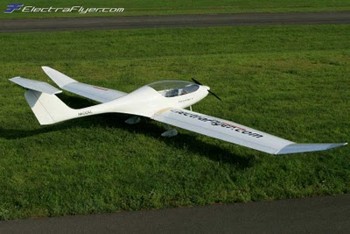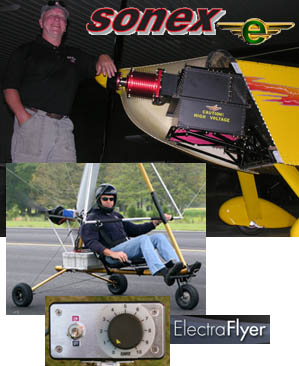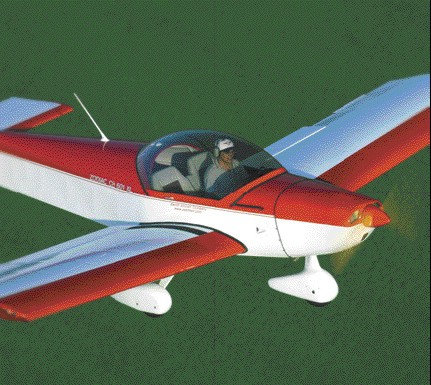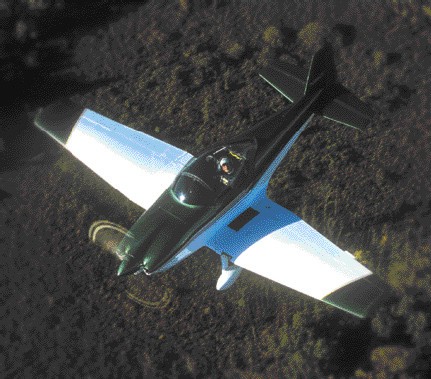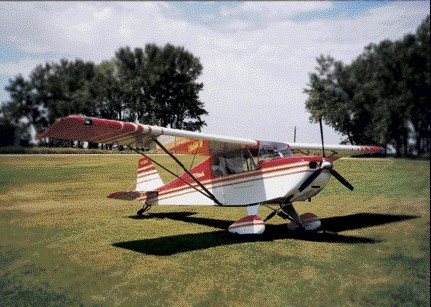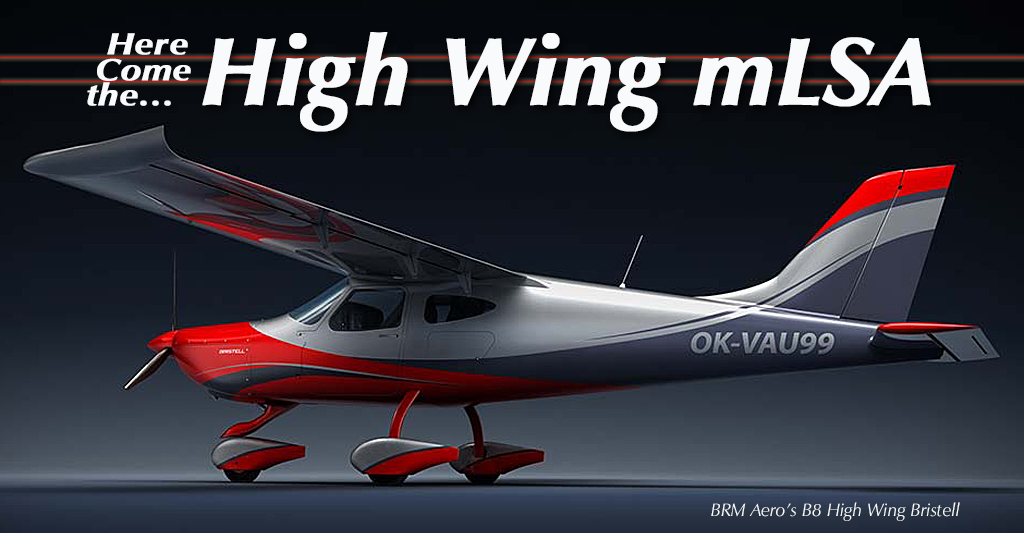
Darkest before dawn? I hear growing concern about FAA’s new Mosaic regulation and what it will or won’t do. An increasing number of comments I hear are variations of these words — “FAA is never going to get this done, and if they do, it will be a crappy rule.” Why so glum? Maybe pilots are frustrated because FAA has delayed the release of Mosaic. This also happened almost 20 years ago with the Sport Pilot / Light-Sport Aircraft regulation. SP/LSA was anticipated for more than three years after the first announcement. However, Mosaic is coming and this time we know more about it than most regulations. Why? Because FAA must involve ASTM committee members along the way. (More on this? See at end.*) Earlier FAA rule writers did not reveal their work as broadly. Yet FAA is sufficiently pleased with industry consensus standards, ASTM’s work, that they will use it on the next generation of GA aircraft (think: Cessna, Cirrus, etc.).


 Maybe pilots are frustrated because FAA has delayed the release of Mosaic. This also happened almost 20 years ago with the Sport Pilot / Light-Sport Aircraft regulation. SP/LSA was anticipated for more than three years after the first announcement.
However, Mosaic is coming and this time we know more about it than most regulations. Why? Because FAA must involve ASTM committee members along the way. (More on this? See at end.
Maybe pilots are frustrated because FAA has delayed the release of Mosaic. This also happened almost 20 years ago with the Sport Pilot / Light-Sport Aircraft regulation. SP/LSA was anticipated for more than three years after the first announcement.
However, Mosaic is coming and this time we know more about it than most regulations. Why? Because FAA must involve ASTM committee members along the way. (More on this? See at end.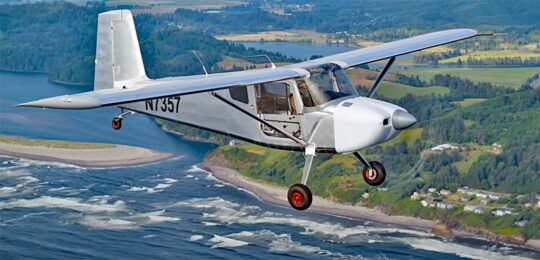 Naturally, Van's isn't the only company aware of what FAA is planning. Any other company or individual who participates on the ASTM committee can know most of the same information. Indeed, this is where I get most of my knowledge about Mosaic as
Naturally, Van's isn't the only company aware of what FAA is planning. Any other company or individual who participates on the ASTM committee can know most of the same information. Indeed, this is where I get most of my knowledge about Mosaic as 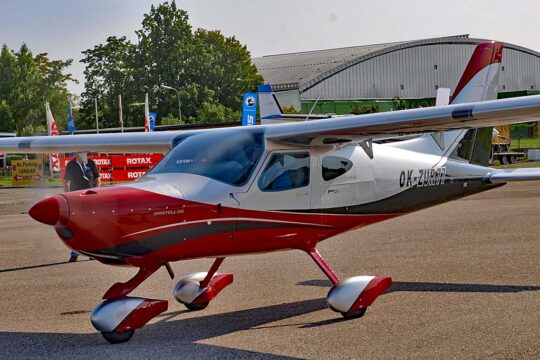
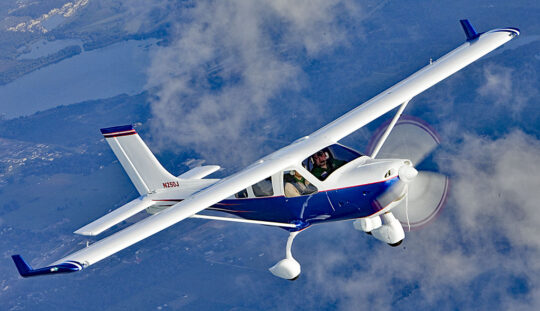 Jabiru
Jabiru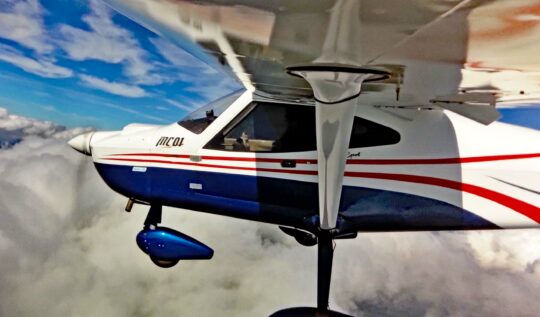 Montaer
Montaer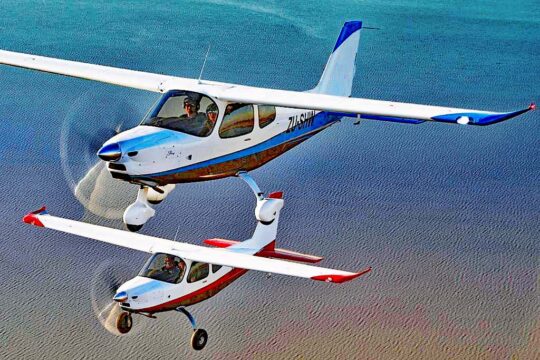 The Airplane Factory
The Airplane Factory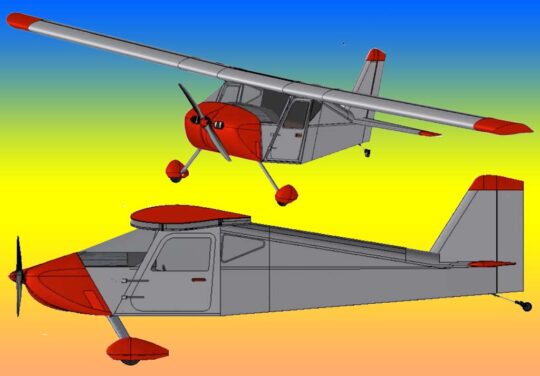
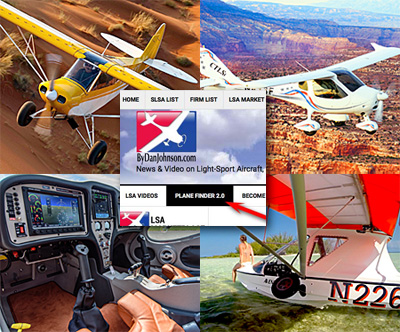 More Available
More Available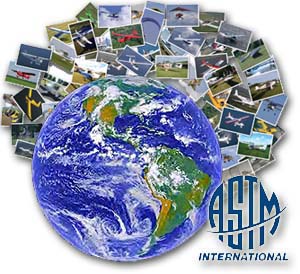 *
*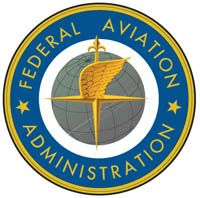 For FAA, this is somewhat new ground. It's unusual for the agency to release this much information about a regulation before they issue it. These things change internally as different FAA departments weigh in, so they usually keep their cards close to the chest until the NPRM (Notice of Proposed Rule Making) is near final form. All this relates only to the airframe.
A different FAA group handles pilot privileges and who gets to fly what size aircraft with how many people on board. They are much less involved with ASTM committee work. That is why we have much less information about what the agency plans regarding pilot certification or flight operations.
For FAA, this is somewhat new ground. It's unusual for the agency to release this much information about a regulation before they issue it. These things change internally as different FAA departments weigh in, so they usually keep their cards close to the chest until the NPRM (Notice of Proposed Rule Making) is near final form. All this relates only to the airframe.
A different FAA group handles pilot privileges and who gets to fly what size aircraft with how many people on board. They are much less involved with ASTM committee work. That is why we have much less information about what the agency plans regarding pilot certification or flight operations.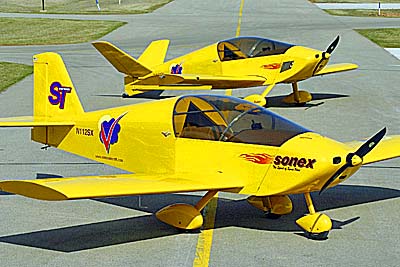
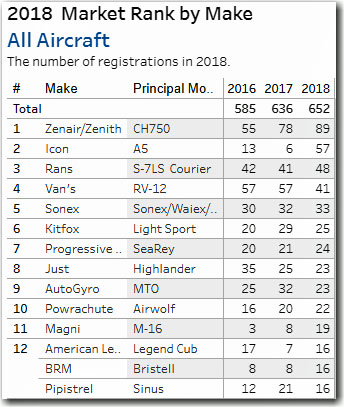 Yet again, I am motivated to give Steve Beste an enormous "Thank you!" for his dedicated effort to take FAA's data, make complete sense of it (no small task), and to then work with the folks at Tableau to make this information available to you. Even better, you can adjust the data to your liking in ways I never envisioned with our earlier years of reporting these facts.
Thanks to Steve and his impressive skill set — and his willingness to spend his personal time — we now cover every aircraft registered since 2005, a year we picked because in April of that year FAA issued the first two Special Airworthiness Certificates (to
Yet again, I am motivated to give Steve Beste an enormous "Thank you!" for his dedicated effort to take FAA's data, make complete sense of it (no small task), and to then work with the folks at Tableau to make this information available to you. Even better, you can adjust the data to your liking in ways I never envisioned with our earlier years of reporting these facts.
Thanks to Steve and his impressive skill set — and his willingness to spend his personal time — we now cover every aircraft registered since 2005, a year we picked because in April of that year FAA issued the first two Special Airworthiness Certificates (to 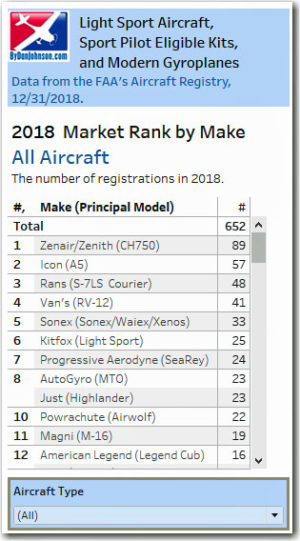 Because a large number of you visit this website via your smartphone, you can now see images that fit your screen better (nearby image). Given a wide variety of phone sizes, screen resolutions, and browsers, not every phone will look like these images but the data is much more accessible via smartphone than it was when we launched late last fall.
Of course, iPads and desktops or laptops with their larger screen real estate can see the data more comprehensively, but even on those larger devices or computers, the data now make more sense thanks to Steve's continuing effort to improve the look.
The "
Because a large number of you visit this website via your smartphone, you can now see images that fit your screen better (nearby image). Given a wide variety of phone sizes, screen resolutions, and browsers, not every phone will look like these images but the data is much more accessible via smartphone than it was when we launched late last fall.
Of course, iPads and desktops or laptops with their larger screen real estate can see the data more comprehensively, but even on those larger devices or computers, the data now make more sense thanks to Steve's continuing effort to improve the look.
The "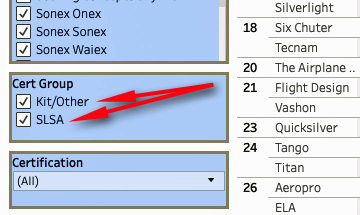 Note that this is somewhat different than "Certification," which offers more detailed ways to narrow the field solely to aircraft types that interest you.
The effort Steve and I have made together (well, mostly him; I primarily gave feedback or specific knowledge of aircraft) attempts to give pilots, businessmen, and government more data about the sector of aviation we enjoy most.
Any comments about how we can make this even more useful will receive careful attention.
Note that this is somewhat different than "Certification," which offers more detailed ways to narrow the field solely to aircraft types that interest you.
The effort Steve and I have made together (well, mostly him; I primarily gave feedback or specific knowledge of aircraft) attempts to give pilots, businessmen, and government more data about the sector of aviation we enjoy most.
Any comments about how we can make this even more useful will receive careful attention.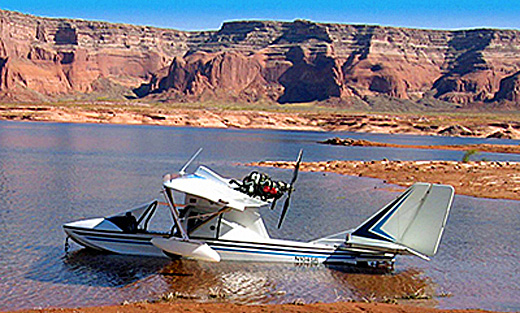
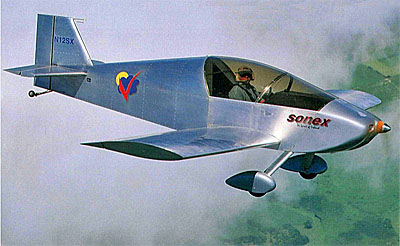
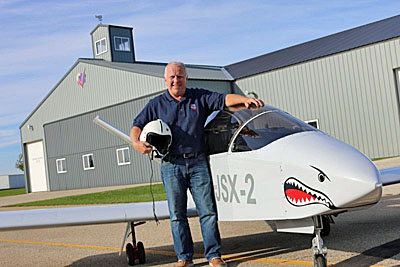
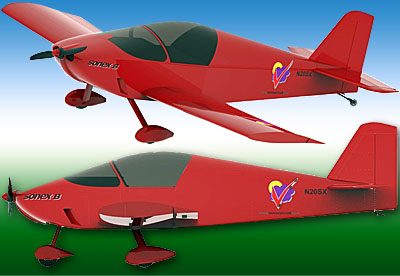
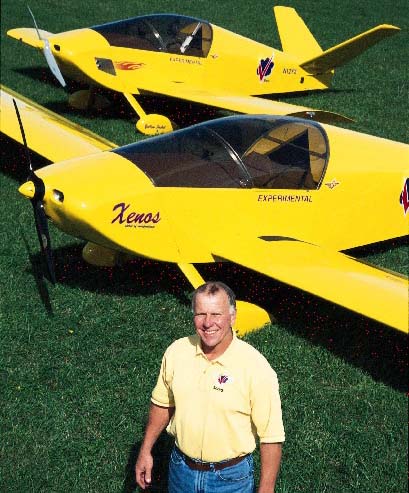
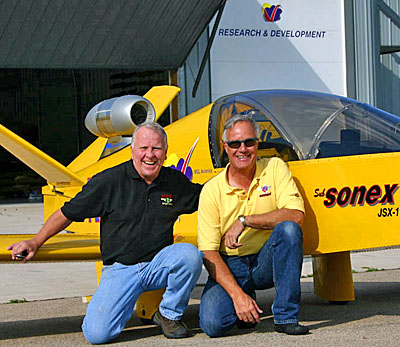
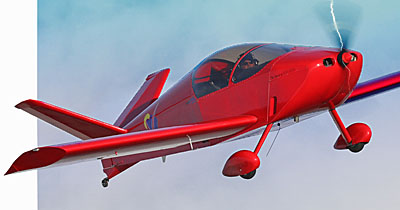
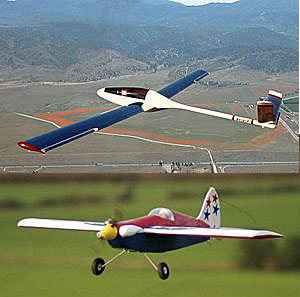
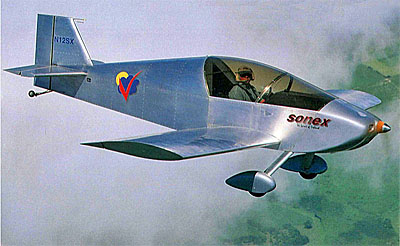 After more than 20 years in the homebuilder enterprise, John took a first flight on February 28, 1998 in a completely new aircraft: Sonex serial number 1, or SX1 (image from EAA Sport Aviation).
John Monnett is amazingly productive. Not only did he create aircraft design after design, he also delved deeply into powerplants.
Sonex has long been a very rare airframe company that also makes an engine that works very well. More than that, Sonex also offers the AeroVee engine as a kit, too (
After more than 20 years in the homebuilder enterprise, John took a first flight on February 28, 1998 in a completely new aircraft: Sonex serial number 1, or SX1 (image from EAA Sport Aviation).
John Monnett is amazingly productive. Not only did he create aircraft design after design, he also delved deeply into powerplants.
Sonex has long been a very rare airframe company that also makes an engine that works very well. More than that, Sonex also offers the AeroVee engine as a kit, too (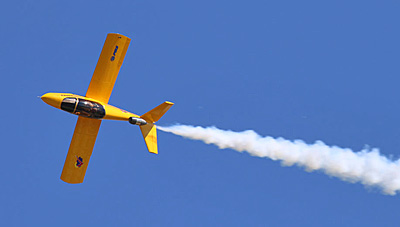 Along the way, John and his growing team at Sonex Aircraft — these days headed by the very capable Mark Schaible — experimented with electric propulsion, dabbled in military drone aircraft, and even added a "jet for the rest of us" called SubSonex …always a clever aircraft name ready to emerge from this
Along the way, John and his growing team at Sonex Aircraft — these days headed by the very capable Mark Schaible — experimented with electric propulsion, dabbled in military drone aircraft, and even added a "jet for the rest of us" called SubSonex …always a clever aircraft name ready to emerge from this 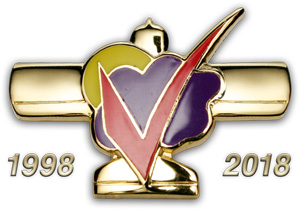
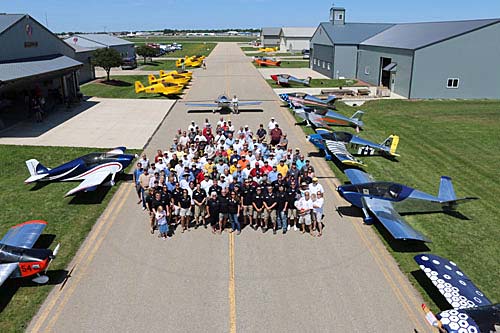 The only light aircraft producer based right at the home field of
The only light aircraft producer based right at the home field of 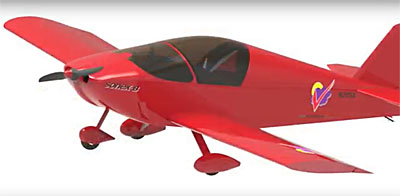 Sonex will also present the tricycle gear version of the new B-model Sonex for the first time. The B-models now include the Sonex, Waiex, and Xenos motorglider models but to-date all have been taildraggers. If that's not your experience, Sonex now has you covered with tricycle gear.
After hearing from customers, the company has also created a mount system to accommodate the very popular
Sonex will also present the tricycle gear version of the new B-model Sonex for the first time. The B-models now include the Sonex, Waiex, and Xenos motorglider models but to-date all have been taildraggers. If that's not your experience, Sonex now has you covered with tricycle gear.
After hearing from customers, the company has also created a mount system to accommodate the very popular 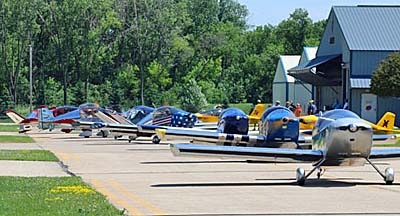 Even though Sonex employees are doing double duty during AirVenture, the company conducts daily factory tours during the event. However, if you aren't going to Oshkosh or don't want to tear yourself away from the show, you can catch our
Even though Sonex employees are doing double duty during AirVenture, the company conducts daily factory tours during the event. However, if you aren't going to Oshkosh or don't want to tear yourself away from the show, you can catch our 
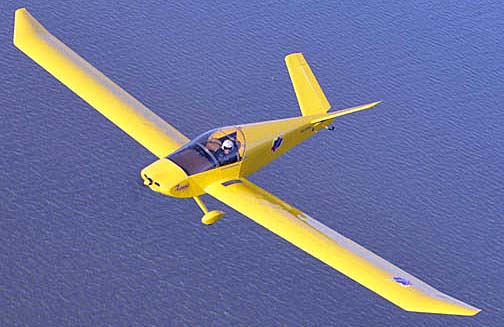 Sonex
Sonex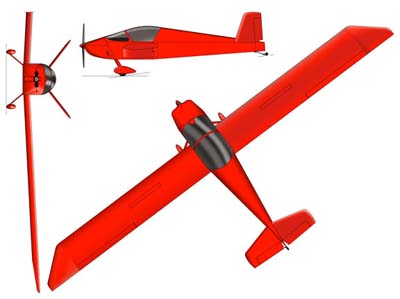 So, I got excited when I read the Sonex Aircraft announce the new Xenos B-Model. You can order a Xenos-B now, kits are shipping, and, earlier purchasers may wish to check out the
So, I got excited when I read the Sonex Aircraft announce the new Xenos B-Model. You can order a Xenos-B now, kits are shipping, and, earlier purchasers may wish to check out the 